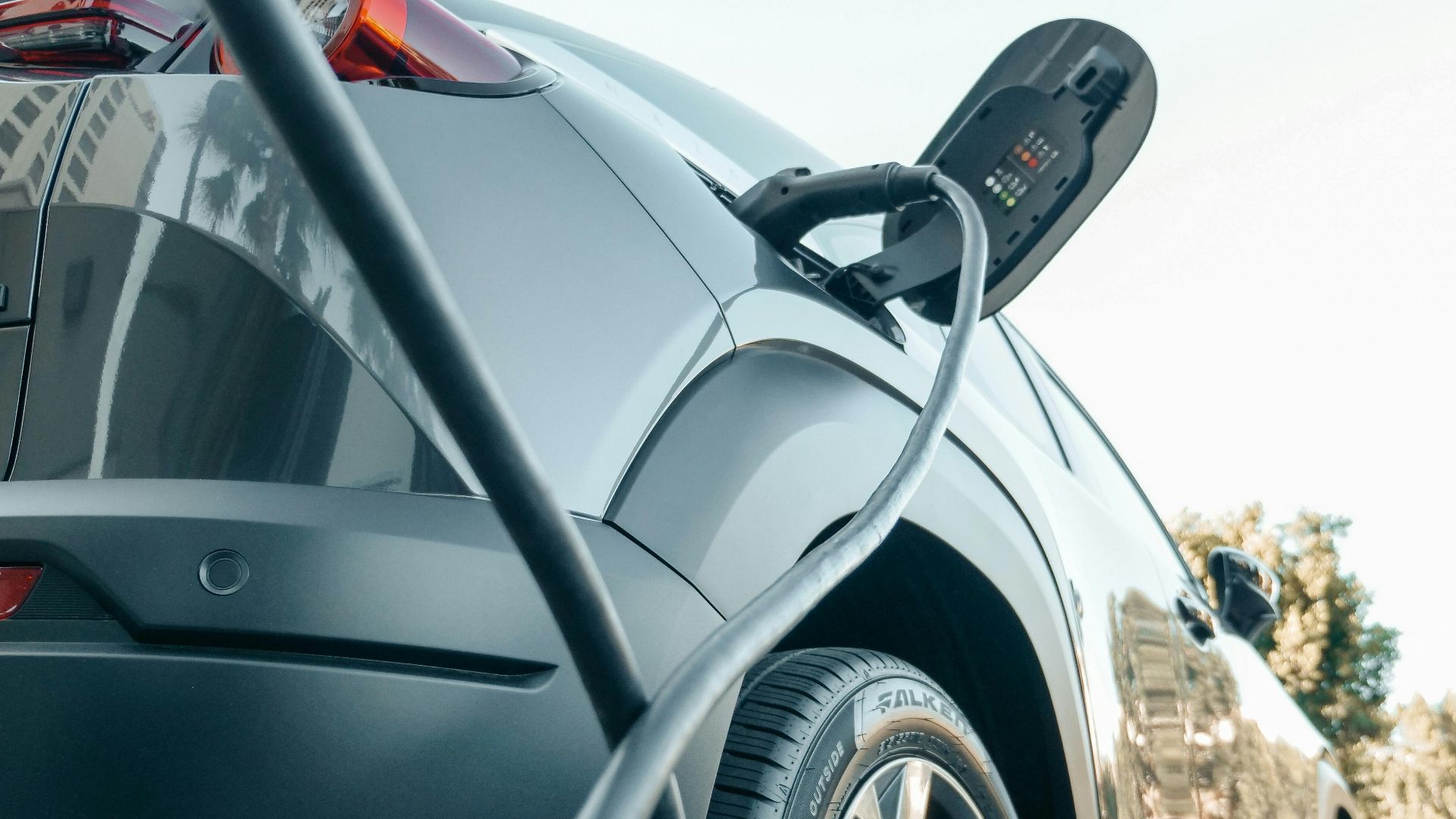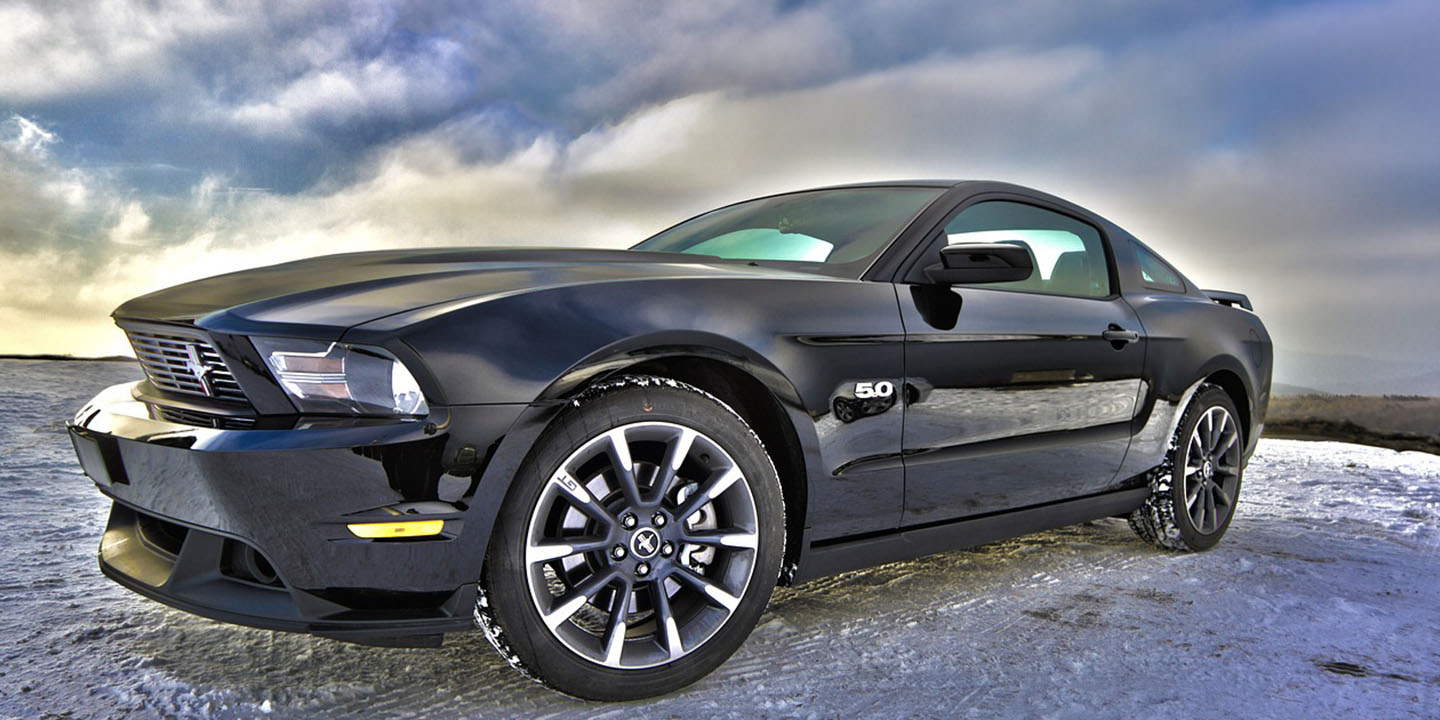Electric Dreams And Gas-Powered Reality
The road ahead is shifting fast. However, it’s not heading in just one direction. Electric vehicles are breaking records and redefining what the future of transportation could look like. Yet gas-powered cars, with sheer numbers, cultural roots, and ongoing innovation, aren’t exactly fading into history. We’ll show you how both sides are holding down their own in this ongoing tug-of-war, starting with EVs.
1. EV Sales Surpassed 14 Million Units Globally In 2023
Global EV sales crossed 14 million in 2023, accounting for 18% of worldwide car sales. China contributed over 60% of global EV sales, led by BYD and Tesla. The 14 million milestone represents a 3x increase compared to 2020 levels.
2. Tesla Model Y Became The World’s Best-Selling Car
In 2023, the Tesla Model Y outsold all other vehicles globally, electric or gas-powered. Model Y sales topped 1.2 million units, more than the Toyota Corolla. It became the first EV to take the #1 global sales spot.
3. Norway Reached Over 90% EV Market Share
82.4% of new cars sold in Norway in 2023 were electric. EV adoption has been aided by generous tax exemptions and toll waivers. The Norwegian government aims to sell only zero-emission cars by 2025.
4. Charging Stations Now Outnumber Gas Stations In Key Cities
Cities like Oslo have more public EV chargers than gas pumps, with similar trends emerging in Amsterdam and London. In the Netherlands, there are over 130,000 public charging points. New York City added 10,000 EV chargers in just two years.
5. California To Ban New Gas Car Sales By 2035
California passed a law mandating all new car sales be zero-emission by 2035. This policy affects the largest U.S. auto market, influencing national trends. The rule covers SUVs and light-duty trucks, not just sedans.
6. Legacy Automakers Shifting Billions Toward EV Lineups
Ford, GM, and VW have committed over $120 billion in EV investments. Volkswagen plans to produce only EVs in Europe by 2033, and Mercedes-Benz aims to be all-electric by the end of the decade.
7. EVs Now Cheaper To Maintain Than Gas Cars
EVs have about 40% lower maintenance costs than gas vehicles. They have fewer moving parts—no oil changes, fuel filters, or spark plugs—and fleet managers report a 30% lower total cost of ownership over 5 years.
8. 1 In 5 Cars Sold In China Is Fully Electric
In 2023, 25% of all new car sales in China were pure electric vehicles. China leads the world in both EV production and adoption. Cities like Shenzhen can brag about having 100% electric buses and taxis.
9. EV Tax Credits Driving Record Adoption In The U.S.
The U.S. Inflation Reduction Act offers up to \$7,500 in EV tax credits, and over 50 new EV models now qualify for federal incentives. Leasing loopholes allow consumers to access credits even for ineligible models.
 Photo By: Kaboompics.com on Pexels
Photo By: Kaboompics.com on Pexels
10. Automakers Launching EV-Only Brands
Ford split off “Model e” to focus solely on EV development, while Hyundai launched Ioniq as a dedicated electric sub-brand. Volvo spun off Polestar to produce premium EVs, and GM revived the Hummer as a fully electric supertruck.
While EVs are making big moves, gas cars are showing impressive staying power. Here’s what’s up in their world.
1. Global Gas Car Fleet Still Over 1.3 Billion Vehicles
More than 1.3 billion internal combustion vehicles remain in active use worldwide. This massive installed base ensures gas cars won’t vanish overnight. Also, note that the average U.S. car age is now 12.5 years, up from 10 in 2000.
2. Gas Car Infrastructure Still Dominates Rural And Developing Areas
Over 80% of public charging infrastructure is located in urban centers. Gas stations remain critical in rural economies and remote geographies, and developing nations continue building out gas station networks. Also, countries with unreliable grids struggle to support EV charging.
3. Used Gas Cars Still Outsell Used EVs By 4 To 1
In the U.S., used ICE cars account for 80% of all used vehicle sales. Many buyers opt for gas cars due to lower upfront costs, and used EVs have limited availability and uncertain battery longevity.
4. Gas Trucks And SUVs Remain Top Sellers In The U.S.
Ford F-150, Chevy Silverado, and Ram 1500 continue to lead U.S. sales charts. Americans still prefer powerful gas engines for towing and long drives. Also, gas SUVs dominate family vehicle segments due to larger size options.
5. Oil Companies Investing In Synthetic Fuels For Gas Cars
Shell and ExxonMobil are funding research in zero-carbon synthetic gasoline. Meanwhile, Porsche is producing eFuels for classic cars and motorsport. Synthetic fuels can work in existing gas engines without modifications. These fuels are made using captured CO₂ and green hydrogen.
6. Motorsport: F1 And NASCAR Still Rely Exclusively On Gas Engines
Top racing series like Formula 1 and NASCAR continue using combustion engines. Despite interest in sustainability, most fans prefer the sound and feel of gas. Rather than electrification, F1 is exploring synthetic fuels.
7. Gas Cars Have Longer Driving Range In Most Real-World Scenarios
Most gas cars can drive 400–500 miles on a full tank, more than most EVs. EV range drops significantly in cold climates or under load, like towing or using HVAC. Gas vehicles retain full performance regardless of accessory use.
 David Villarreal Fernández on Wikimedia
David Villarreal Fernández on Wikimedia
8. Millions Of Drivers Live Where EV Charging Is Impractical
Apartment dwellers and renters often lack home charging access, and over 40% of Americans live in multifamily or shared housing units. Installing chargers in older buildings is costly and logistically difficult. Also, many HOAs restrict EV charger installations.
9. Classic Car Culture Still Centered Around Internal Combustion
Over 5 million classic cars are registered in the U.S. alone, and car shows and vintage rallies still feature primarily gas-powered vehicles. EV conversions of classics remain expensive and controversial, and collectors value engine originality over modernization.
10. Global Gasoline Demand Still Rising In Many Emerging Markets
Countries like India and Indonesia are seeing record gasoline consumption. Also, vehicle ownership is rapidly growing in lower-income regions, and affordable gas cars outpace EV availability in many areas. Gasoline subsidies make fossil fuel cars more attractive.


























